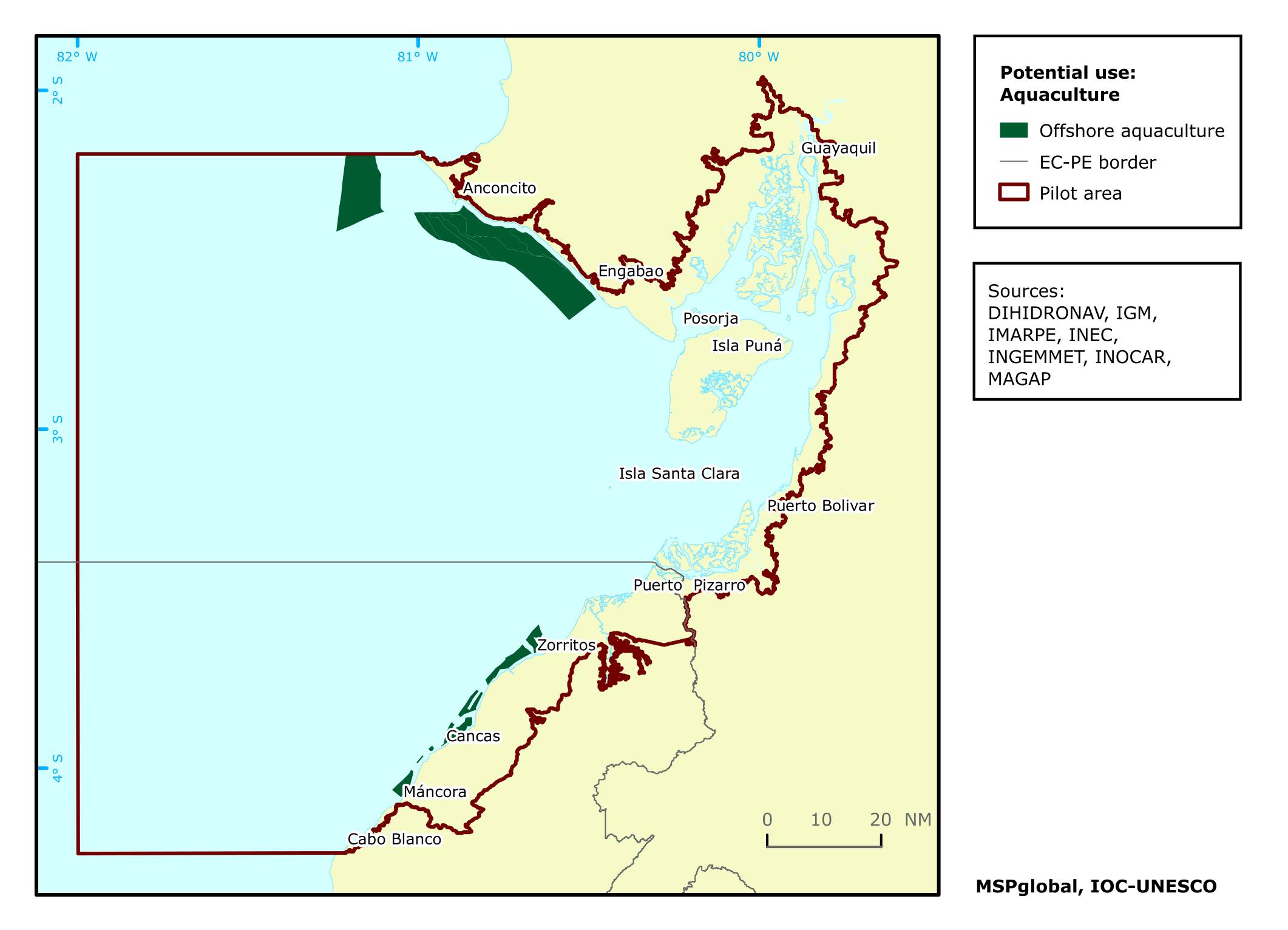The first step towards the development of a target group specific communication and capacity building strategy was a KAP analysis (knowledge, attitude, practices), which established a baseline, in terms of understanding the private sector´s knowledge about climate change, as well as its attitude towards the topic and the practices already in place. The analysis also included a capacity needs assessment, which served as input for ADAPTUR´s capacity building and training program. The findings were also used to train counterparts, consultants, and project members in better understanding the private sector and to improve their communication skills by using the right words, concepts and messages.
The training program comprised several topics about climate change vulnerability, climate-proof investment, cost-benefit analysis, national/subnational policies related to climate change, EbA solutions, public-private cooperation, financial mechanism, etc.
At the same time, a press campaign was launched in cooperation with local media and journalists. The ADAPTUR website was introduced with regular newsletters, best-practices, case studies and messages from industry leaders. It also contained a resources section with studies, tools and information material.
